A Trip to Kawagoe
An hour to the northwest of Tokyo, Kawagoe is one of the more popular excursions from the capital. It’s known as “Little Edo” because it retains the distinctive kura-zukuri buildings which once lined the streets of the capital. We spent a day seeing the city’s sights.
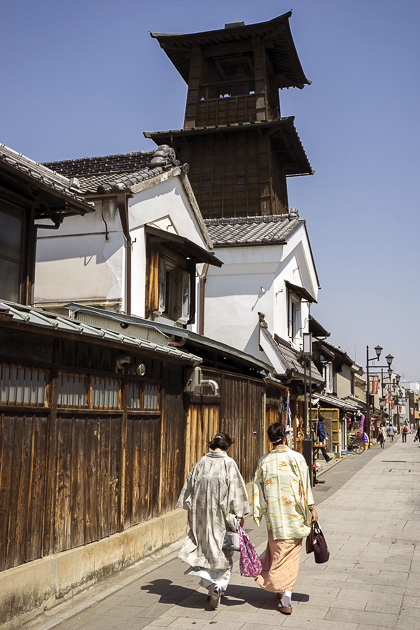
After taking the train to Kawagoe Station, we had to walk for twenty minutes to reach the historic center of town. At first, Kawagoe felt like any other Tokyo neighborhood: big buildings, pachinko halls, cellphone stores, and tons of people. But upon reaching the historic zone, the atmosphere changed dramatically. It might be overdoing things to say that we had been swept into the past, but certainly we were no longer in the modern day.
The kura-zukuri style of construction prominent during the final years of Edo is still evident in Kawagoe, and only in Kawagoe. Heavy warehouses of layered clay and plaster atop a wooden frame, and capped with thick tile roofs, these buildings were designed to withstand the constant fires which so plagued the capital. They’re definitely sturdy; I’m surprised more haven’t survived. We got a good look at how they’re built during a visit to the Museum of Kura-zukuri, found inside one of the kura on the main street of Chuo-dori.
We would enter quite a few kura during our day in Kawagoe. One houses the Kameya Sweets Shop, while another sells goods in a setting straight out of Edo, with the vendor and her wares standing on elevated tatami mats. This is Osawa Family House, which was built in 1792 and is the oldest kura-zukuri remaining in Japan. And then there’s the Yamazaki Art Museum. The exhibits are small, and won’t take much of your time, but the museum is worth visiting just to see the inside of the old warehouse.
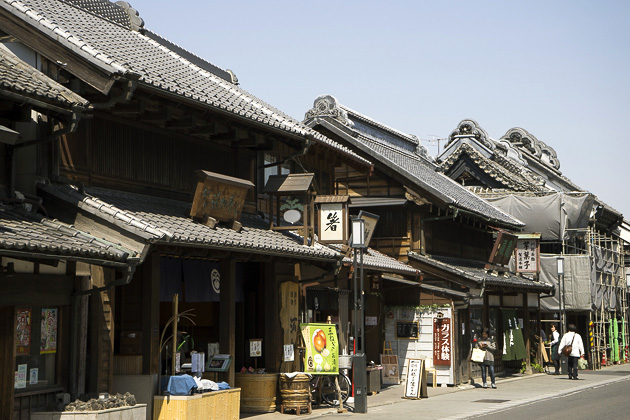
Although these kura-zukuri are easily Kawagoe’s most well-known feature, the city’s most emblematic structure is the old wooden bell tower in the center of town. The three-story Toki-no-kane was originally built in 1644 and is still rung four times a day.
By lunch, we had worked up a mighty appetite, and sat down at Kotobukian, where the specialty is green-tea soba. Each of us were served a wobbling tower of five stacked bowls, each filled with soba noodles and accompanied with a different condiment. This was a lot of food, but the noodles went down surprisingly fast and gave us the energy we’d need during the second half of a long day in Kawagoe…
Locations on our Map: Kawagoe Station | Museum of Kura-zukuri | Yamazaki Art Museum | Toki-no-kane Bell Tower | Kotobukian
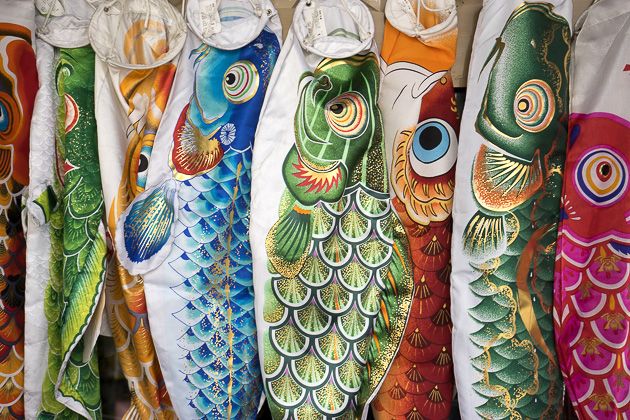
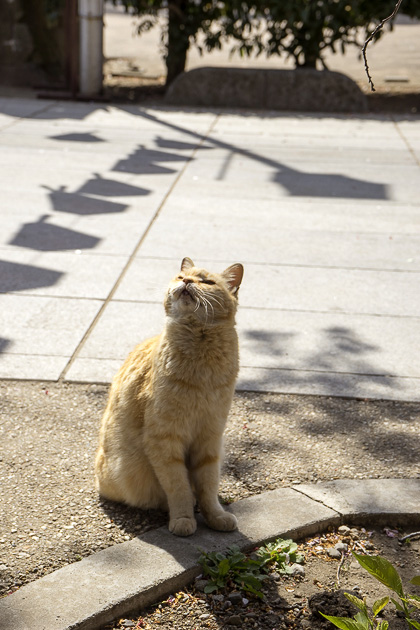
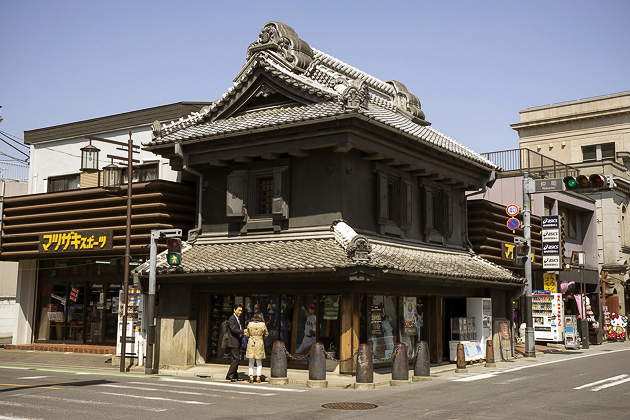


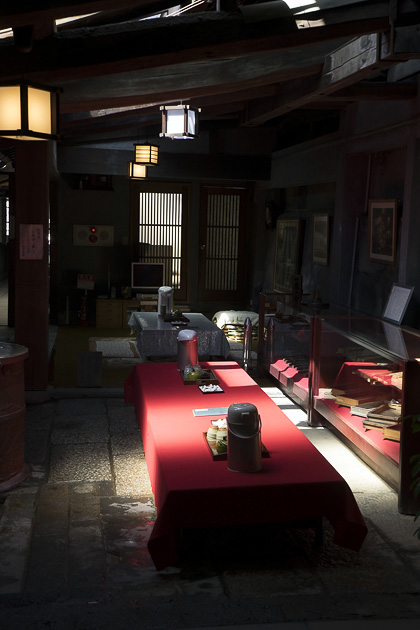
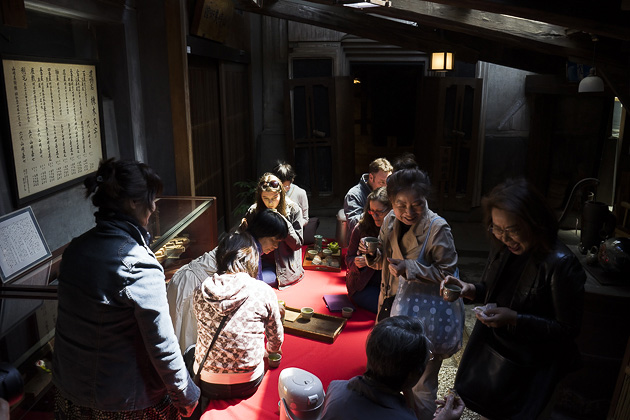
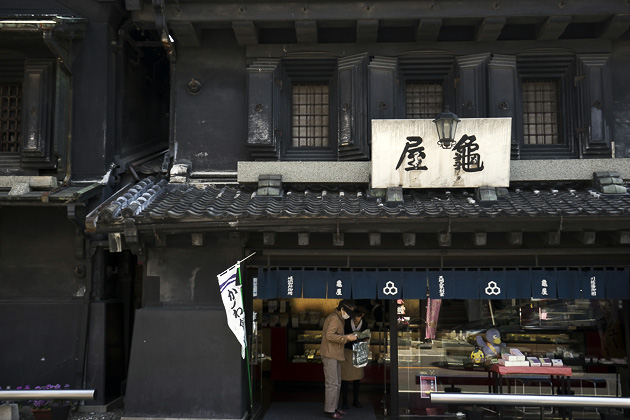
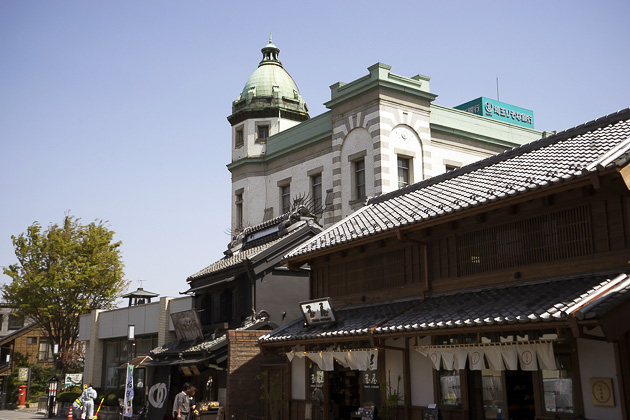

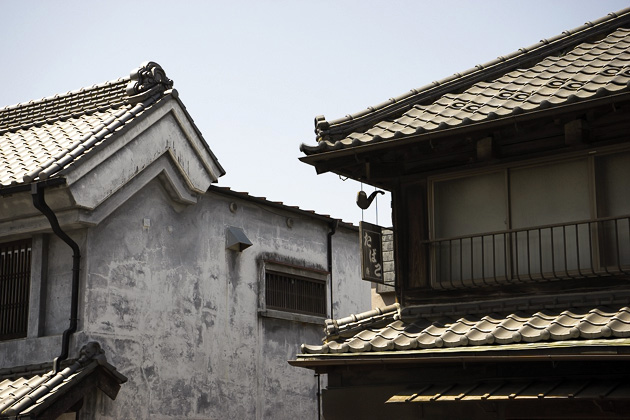

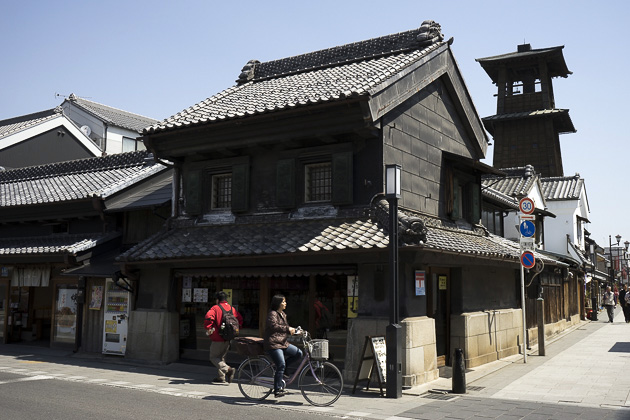
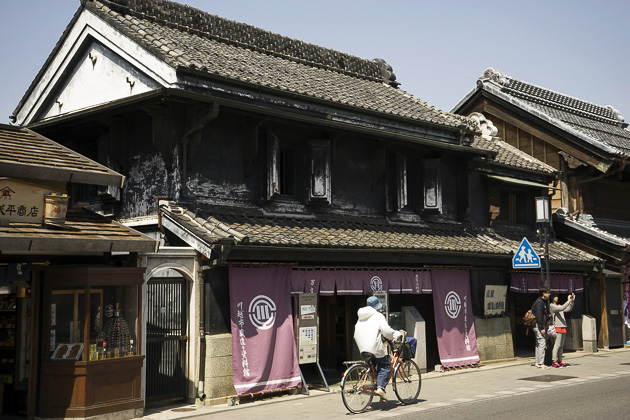
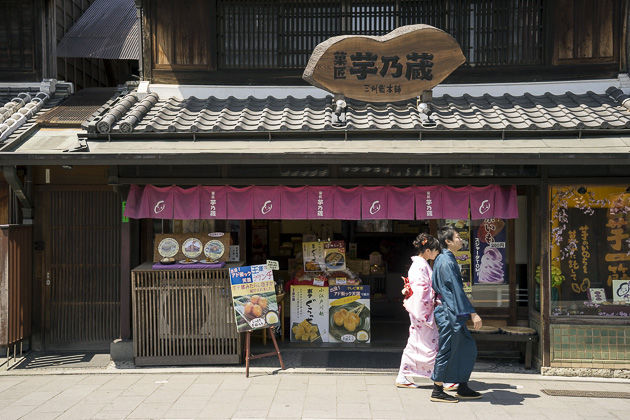
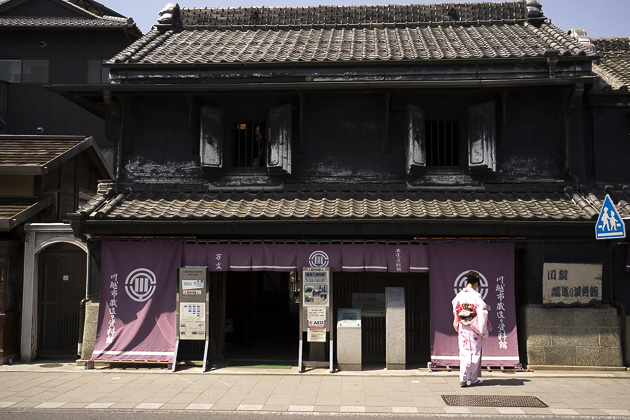
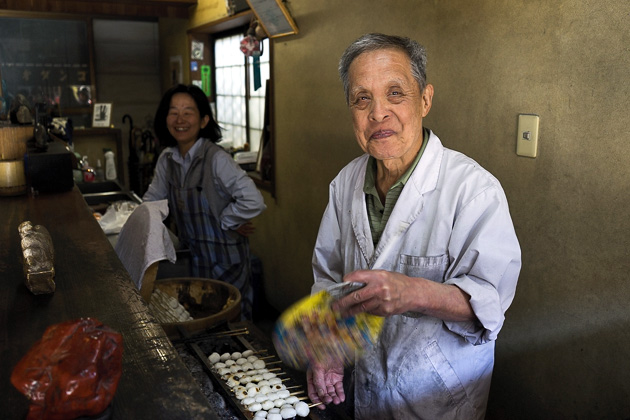
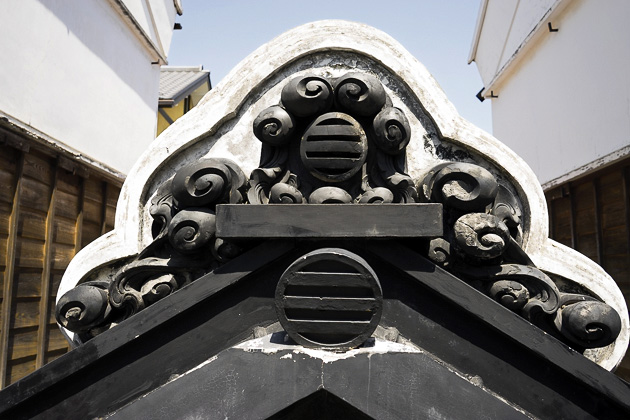
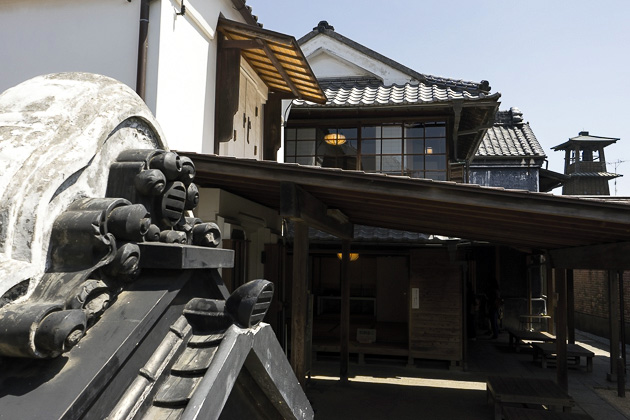
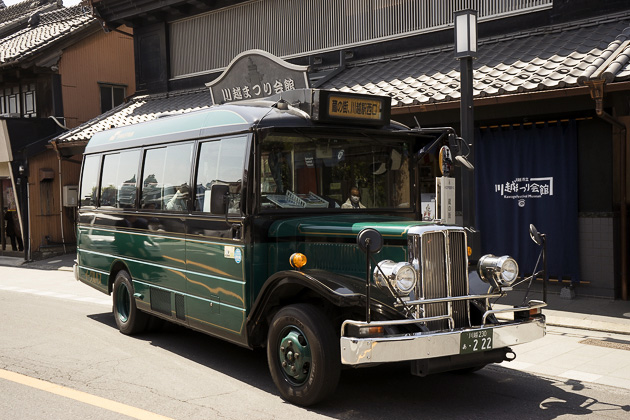
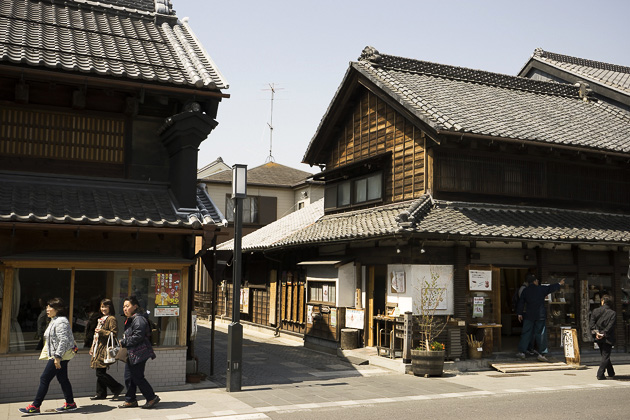
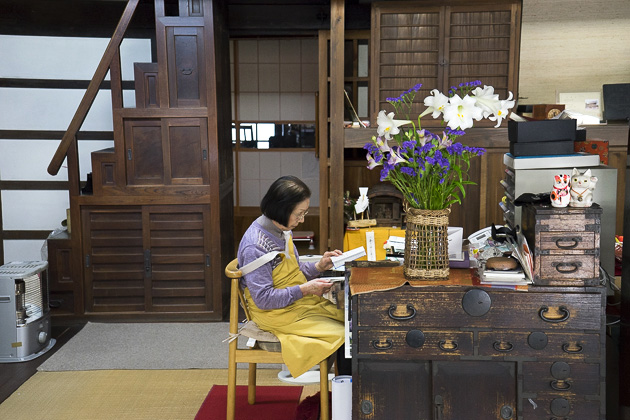
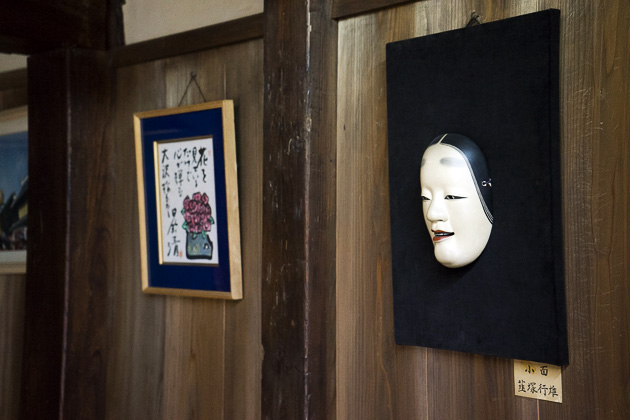
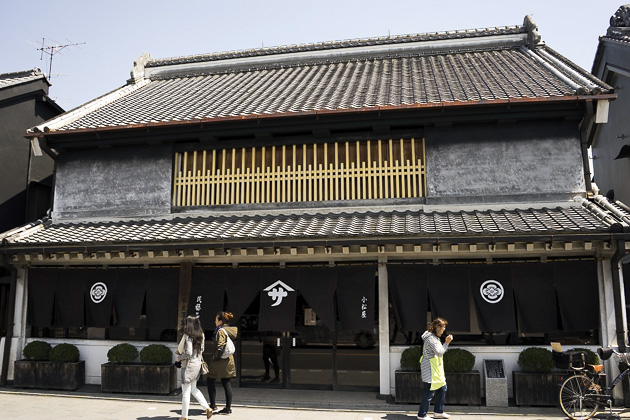
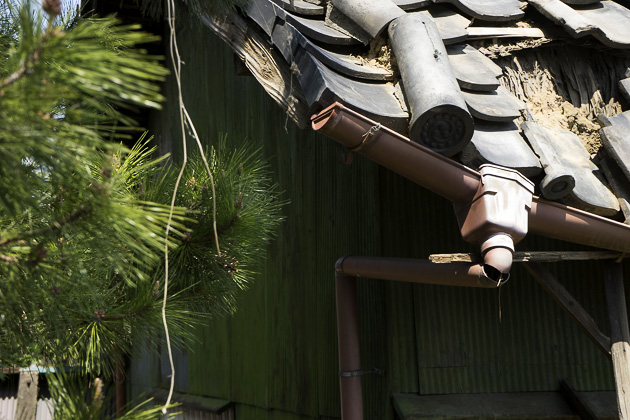
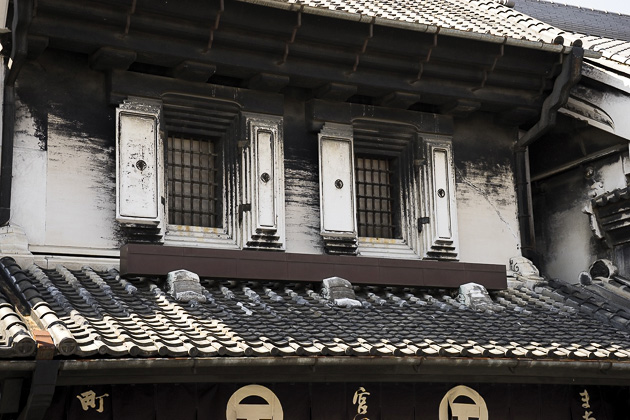

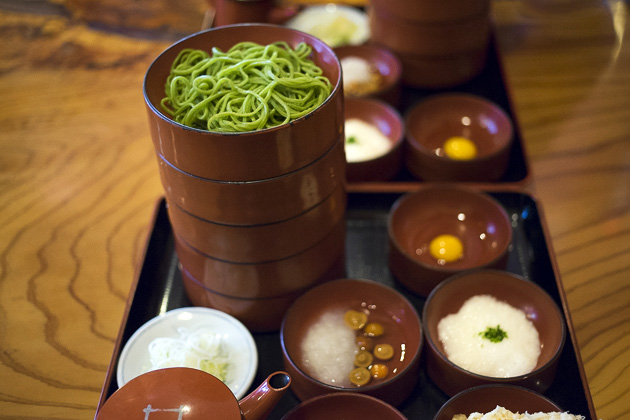
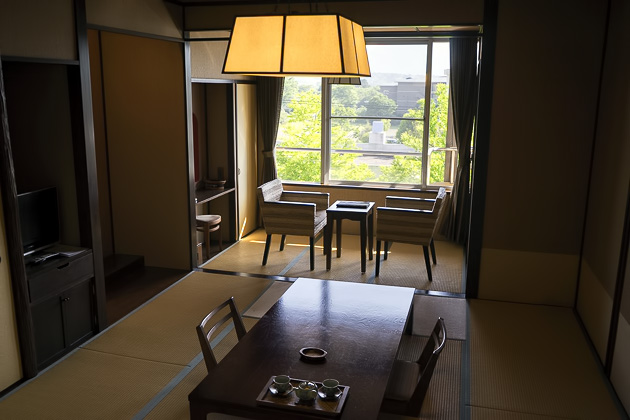
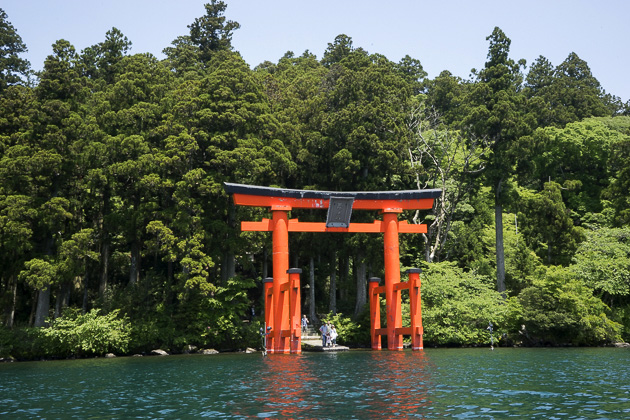
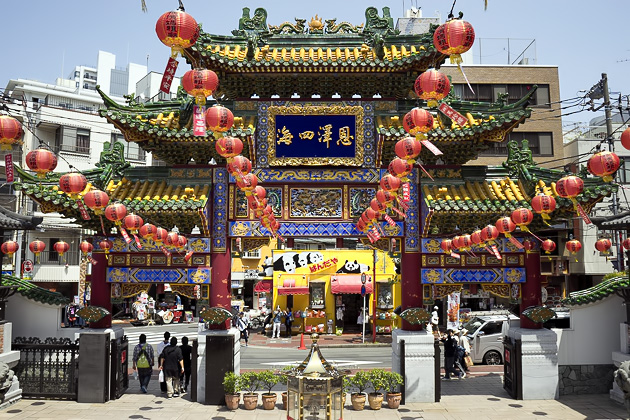

Pingback: Other Sights in Kawagoe | For 91 Days in Tokyo – Travel Blog
Pingback: Sensei of Slurp: Making Soba with a Master | For 91 Days in Tokyo – Travel Blog
The buildings look a lot like those in Takayama (and a few other old style towns I’ve been to), but obviously Kawagoe is a lot closer and more accessible from Tokyo. There seem to be a lot of destinations within about an hour of the centre of Tokyo, and only some that I’ve been to. Maybe I’ll have a chance to get there next month on one of my free days following your inspiration – thank you.